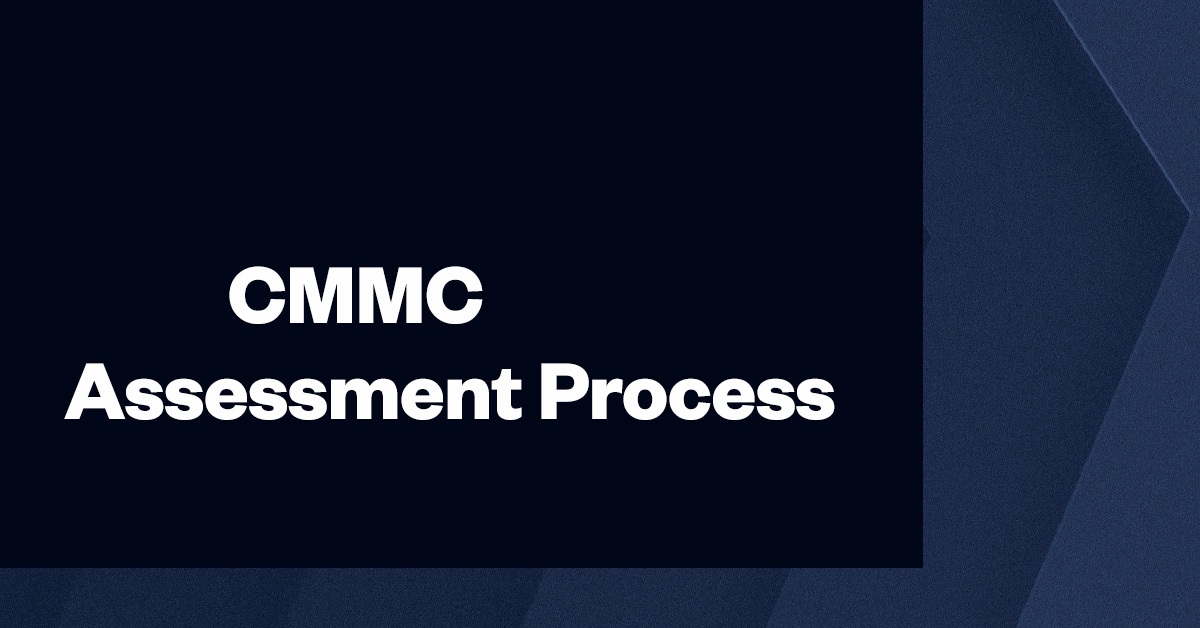Some teams think they’re ready for a CMMC assessment—until the questions start. Compliance isn’t just about having policies in place; it’s about making sure everyone knows them inside out. If your staff freezes under pressure, even a solid system can fall short of passing.
Can Your Team Clearly Articulate Your Incident Response Protocols
Assessors don’t just want to see a binder labeled “Incident Response Plan.” They’ll ask your staff to explain, in their own words, what happens after a breach is detected. Can they describe the steps from identifying the incident to notifying the right personnel, collecting evidence, and restoring operations? Teams under CMMC level 2 requirements need more than vague ideas—they need working knowledge and confidence in that knowledge.
The CMMC assessment process digs deep. A Certified Third-Party Assessor Organization (C3PAO) may ask employees direct questions like, “What’s your role in an incident response?” or “Who do you notify first?” If they hesitate or contradict each other, it’s a red flag. CMMC compliance requirements focus heavily on consistent understanding and execution. This isn’t just policy—it’s practice.
Verifying Staff Familiarity with Data Flow Controls
Data doesn’t just sit still—it moves. Employees need to understand how it travels through systems, who touches it, and where it’s stored. That movement must be controlled and monitored. The CMMC level 2 requirements expect staff to recognize how Controlled Unclassified Information (CUI) flows through networks, devices, and storage locations.
If an employee can’t explain where CUI is stored or how it’s protected in transit, it signals a breakdown. The assessor will notice. Understanding data flow isn’t just IT’s job. From HR to project managers, everyone needs to grasp the basics of how sensitive information is handled. It’s a shared responsibility under CMMC compliance requirements.
Does Your Staff Know Exactly What Constitutes Controlled Unclassified Information
CUI isn’t always obvious. Some employees assume it’s just “secret stuff,” but CUI can include design files, email attachments, or supplier lists. Assessors want to know if your staff can identify what qualifies as CUI in their daily work. It’s one of the most common trip-ups during a CMMC assessment.
The goal is to prevent accidental exposure. If employees are unsure, they’re more likely to mishandle data. CMMC level 1 requirements may seem basic, but even at that level, knowing what you’re protecting is half the battle. By CMMC level 2, that knowledge should be second nature.
Confirming Employee Competence in Security Configuration Standards
Security settings can’t be random. From password rules to workstation lockouts, employees need to follow specific configurations—and know why. During the CMMC assessment, expect questions like, “What’s your password policy?” or “How often do you update your device?”
Even non-technical staff should understand these standards. That’s part of proving compliance. If a team member uses a personal device for work, do they follow the organization’s security configurations? The CMMC compliance requirements make it clear: good security isn’t just about technology—it’s also about people applying it correctly.
Assessing Staff Confidence in Access Control Procedures
Who can access what, and why? That’s what assessors will ask. It’s not enough to have permissions in place—employees need to understand why they have access and what’s off-limits. Access control is a foundational part of CMMC level 2 requirements, and weak answers can cost you.
A confident team knows their roles and limitations. They don’t share logins. They don’t plug in random USBs. They understand how access is granted and revoked. That kind of awareness helps pass a CMMC assessment and keeps your organization safer overall.
Can Employees Demonstrate Compliance Through Accurate Documentation
Even the best procedures mean little if they’re not recorded. C3PAOs want to see that your staff can produce and explain documentation—logs, training records, configuration checklists—on demand. That includes knowing where documentation lives and how it’s updated.
Documentation isn’t just for IT. Everyone plays a part. A project manager should know how training records are logged. A technician should understand the last time a patch was recorded. The CMMC assessment isn’t just a test of systems—it’s a test of how well people interact with those systems.
Evaluating Your Team’s Preparedness for Handling Insider Threat Queries
Insider threats don’t always wear a villain’s mask. Sometimes it’s a well-meaning employee who clicks the wrong link or shares sensitive files with the wrong person. Staff need to recognize suspicious behavior and understand the internal reporting process. CMMC compliance requirements emphasize employee awareness as a key line of defense.
Assessors will ask, “What would you do if you suspected a co-worker of mishandling CUI?” A strong answer shows understanding of the procedures and confidence in using them. This isn’t a trick question—it’s about readiness. The better prepared your team is, the more likely they are to succeed in a CMMC assessment.







